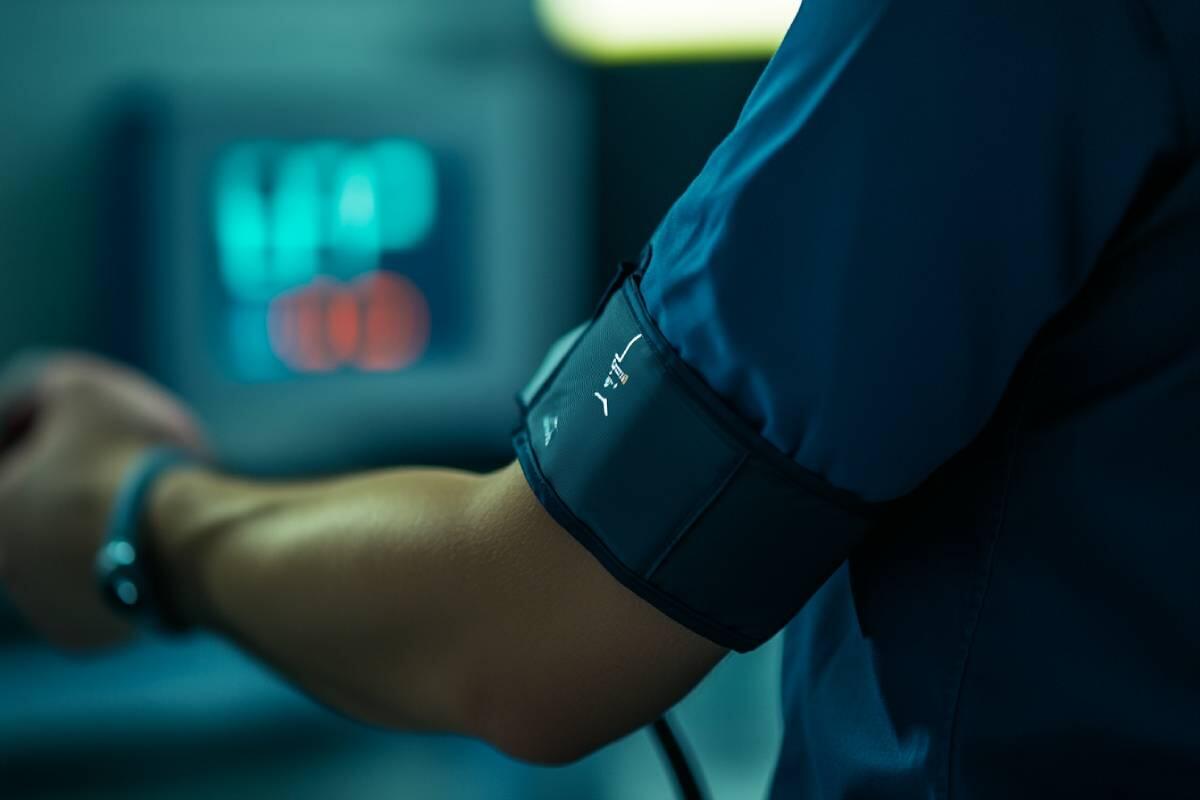7 Mistakes When Measuring Blood Pressure at Home (And How to Avoid Them)
Measuring your blood pressure at home can be a powerful tool for managing heart health, but doing it incorrectly may lead to misleading results. Below, we explain the most common mistakes and how to avoid them.
1. Not resting before the measurement
Many people do not rest enough before measuring their blood pressure, which can directly influence the results.
- What to do: Sit and relax for at least 5 minutes before starting.
- Avoid talking, moving, or doing any physical effort just before the measurement.
2. Incorrect body posture
Crossing legs, reclining, or not properly supporting your back can affect your pressure.
- What to do: Sit with your back straight and supported, feet flat on the floor, and legs uncrossed.
- Keep your arm supported at heart level.
3. Incorrect cuff placement
A poorly positioned cuff can seriously affect the accuracy of the result.
- What to do: Place the cuff directly on bare skin, 2–3 cm above the elbow crease.
- Ensure it is snug but not too tight.
4. Talking during the measurement
Talking or moving can alter the pressure readings, giving inaccurate results.
- What to do: Stay silent and still throughout the entire measurement process.
5. Not measuring at the same time each day
Blood pressure can vary throughout the day. Changing the measurement time makes it hard to compare results.
- What to do: Establish a routine, preferably measuring in the morning and evening at the same time each day.
6. Not recording the results
Relying solely on memory may cause you to miss important data.
- What to do: Keep a log or use an app to record all readings.
7. Taking only one measurement
A single reading may be influenced by momentary factors.
- What to do: Take at least two consecutive readings with a 1–2 minute interval and calculate the average.
Conclusion
Measuring blood pressure at home is a healthy habit, but it must be done properly. Avoiding these common mistakes improves the quality of the data collected and helps your doctor with follow-up. If you're unsure how to measure your blood pressure correctly, consult a healthcare professional.
